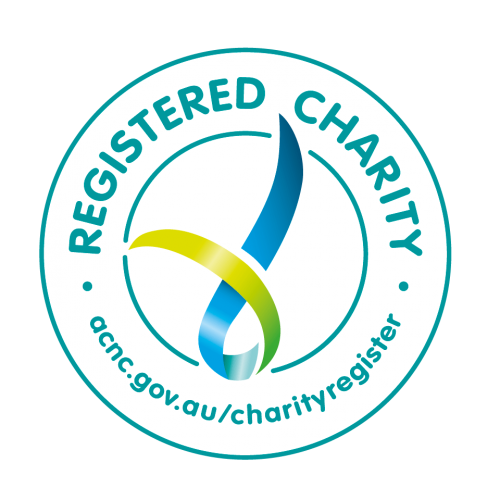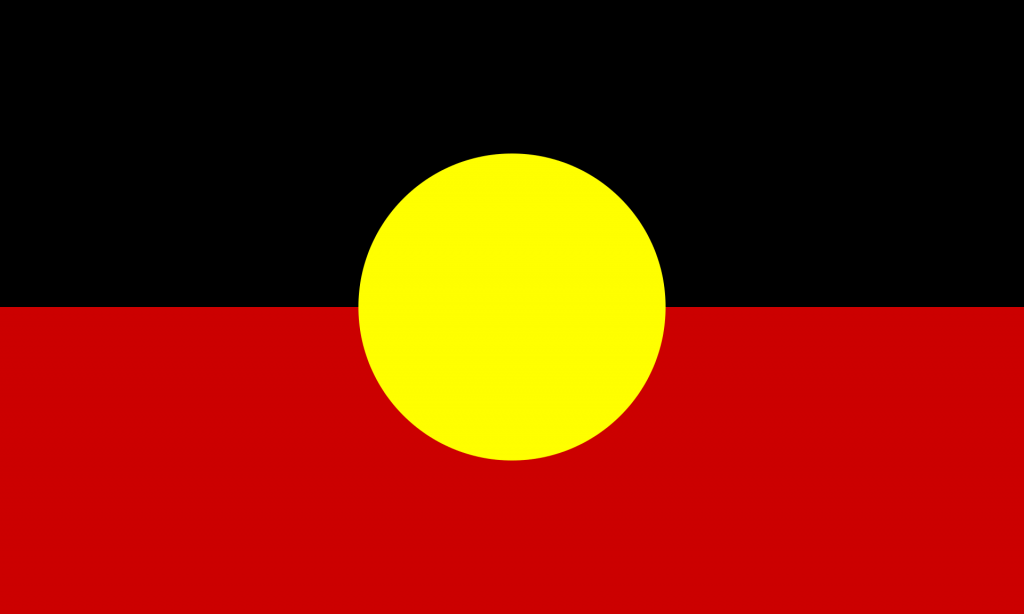The Homelessness Australia 2024 Child Homelessness Snapshot released this week has revealed the harsh reality of the homelessness crisis hitting Aussie families, with more than a third of the 88,696 family members who sought support still homeless during their last contact with homelessness support services.
The disturbing family homelessness figures are compounded by the report, which shows more than 76,000 children under the age of 18 sought help from homelessness support services across the nation annually. Almost 16,000 of these children were alone—unaccompanied by a parent or caregiver—and many were fleeing domestic violence, abuse or neglect at home.
In Victoria, 18,282 children presented to homelessness services as part of a family group, with 3271 seeking homelessness support services on their own. Regional Victoria had almost 8000 children experiencing homelessness in 2022-23, with almost 48 percent of these children aged between 0 and 9 years
Homelessness Week in Australia runs from Monday, August 5 to Sunday, August 11, and this year, organisations and communities are calling for “Homelessness Action Now”!
The Homelessness Australia report supports the findings from Mission Australia’s The Unfair Divide youth homelessness report, released last week. This report showed nearly one in 10 young people aged 15 to 19 responding to Mission Australia’s Youth Survey 2023 had endured the challenge of homelessness in the previous 12 months. These young people were homeless either with or without their families, and recently spent time without a fixed address, living in a refuge or transitional accommodation, or spent time away from home because they felt they couldn’t return.
The new report shows that young people who had recently been homeless faced greater challenges compared with young people with stable homes. They were more likely than their peers who hadn’t experienced homelessness to suffer from a mental health condition, experience loneliness, struggle to fit in socially, face financial hardship and have strained or poor family relationships.
Almost half (47%) of young people who had been homeless were lonely all or most of the time compared with 18% of their stably housed peers. Two in five (41%) of young people who were recently homeless said they had a mental health condition, compared with 13% of young people with stable homes.
They were also more likely to find it difficult to socialise and fit in (46% compared with 26%), and seven times more likely to experience strained or poor family relationships (34% compared with 5%).
Advocating for housing and support for young people
The Centre is part of a group of child, youth and family service organisations supporting the HomeTime.org.au campaign, advocating for a range of models that provide housing and support to young people, including Youth Foyers, Housing First models, and other supported youth housing programs delivered by specialist youth housing providers.
Research into the structural, policy and funding factors for children and young people trying to access housing and support resulted in a framework for consultation, which includes some clear areas for action. These include:
-
Develop and maintain a national pool of 15,000 dedicated youth tenancies.
-
Provide linked support services to enable young people to pursue their goals and transition to independence.
-
Address the rental gap to ensure viability for housing providers and landlords offering tenancies to young people who have been homeless.
Visit the Home Time website at www.hometime.org.au/takeaction to support the campaign this Homelessness Week.
Links






